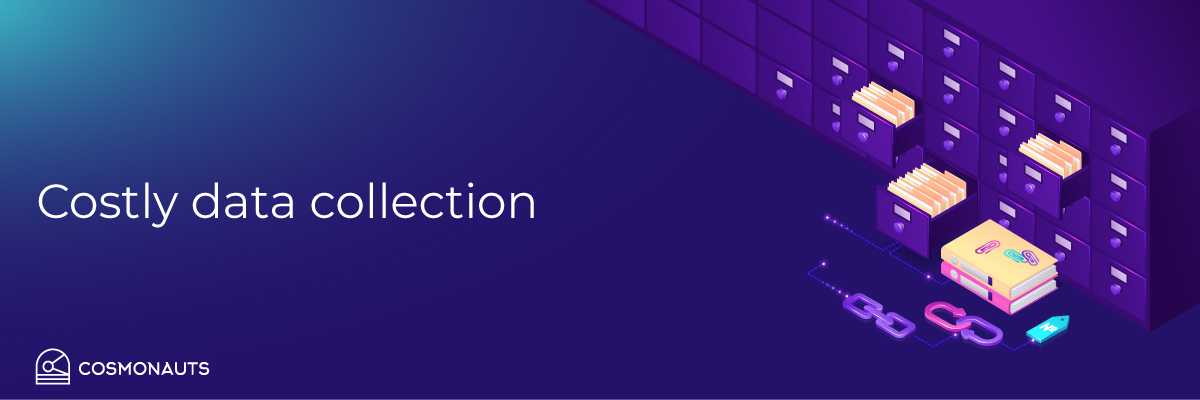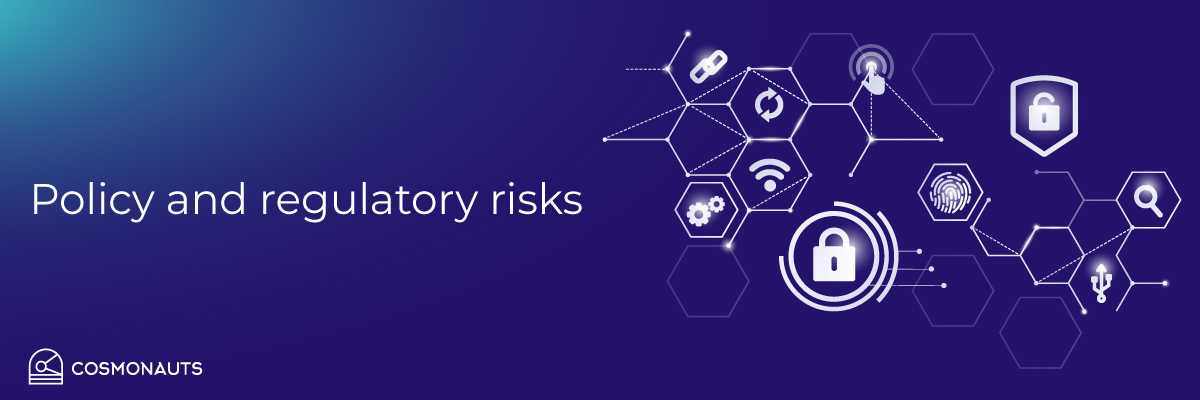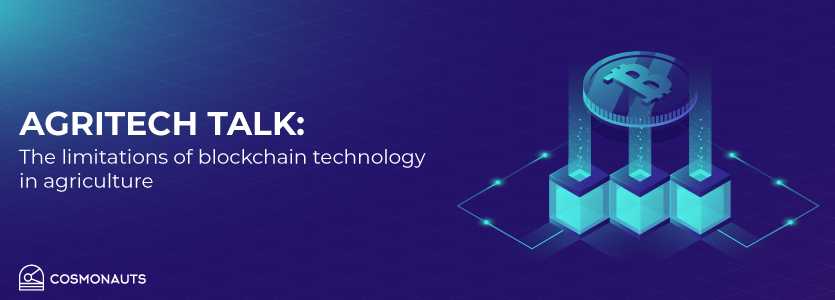In our previous blog post, we explored what blockchain is and it’s potential to transform the agricultural sector. Now we will address some of the implementation challenges of this disruptive technology. As any digitation that hasn’t reached its maturity yet, blockchain hides risks which should be taken into consideration before the parties involved in the food supply chain decide to use it.
The agricultural sector has its own unwritten rules which makes the food supply chain very complex and reluctant to adopt a blockchain. This is due to the fact that there is lack of technological know-how of the stakeholders, products undergo many transformations throughout the supply chain cycle and the food supply chain is distributed to large geographical areas.
Dependency on the farm size
One of the key challenges of blockchain technology implementation in agriculture is that its benefits might be dependent on the size of the farm. For example, smaller farms can easily participate in blockchain-based insurance. On the other hand, small farms may struggle collecting and integrating farm data because they don’t have the infrastructure needed to support such a process. . Thus, future effort should be concentrated on making blockchain technology equally accessible for both small and big farms. how these inequalities between bigger and smaller farms could be overcomed.
Costly data collection

Furthermore, collecting data that is uploaded to the distributed ledger could be a very costly procedure which would impose a barrier to the adoption of blockchain technology in the industry. The setup of distributed ledger itself may be relatively cheap, whilst collecting data required for making the ledger useful, e.g., DNA of livestock animals could be expensive. Sampling can reduce the cost, but it requires that the population of products for data collection is large. This implies that the cost of data collection is higher for smaller farms in comparison to larger farms and leads to increased income gap. It is also worth mentioning that companies need to train their personnel on how to use the blockchain technology and acquire the necessary equipment for it. This is both expensive and time consuming.
Inaccuracy and complexibility of data integration
The accuracy of data inserted by sensors or by people can not be guaranteed and thus the information collected may not be reliable. In general, the integration and assessment of some specific types of data within the agricultural supply chain might be difficult. For instance, environmental data are hard to be retrieved and evaluated by using objective methods. Besides, blockchain needs to be integrated into existing database systems such as enterprise resource planning and warehousing management systems. Building the whole infrastructure to use the blockchain is time-consuming and requires technical skills and a lot of industry stakeholders may not have the means to implement the above.
Policy and regulatory risks

There are new policy and regulatory frameworks that have been introduced as a consequence of the increased number of reports of cryptocurrency hacking. These regulations vary from country to country and impose different levels of restrictions. Currency or international transaction projects require Know Your Customer (KYC)/Anti Money Laundering (AML) compliance and it is crucial to understand the national frameworks before using blockchain to perform business activities..
Speed of transaction
The speed of transaction is an important factor when choosing to use blockchain. As a company you need to make sure that the blockchain you choose is fast enough to process the various transactions. Theoretically, the Visa network can handle about 50 000 transactions per second whilst the speed offered by most mature blockchains today is much lower.
Blockchain technology is still looming. Knowing the reliability that technological advancements bring, and the demand for data and food integrity, there is certainly scope for exploring this technology in agriculture. It could prove helpful for value chain partners in making systems more transparent, business transactions and compliance processes more efficient, as well as reduce complex traceability operations. However, taking blockchain’s risks into consideration, the question still remains: Would this new technology be superior to existing IT solutions?
Follow us on social media
Categorised in: Green Tech

